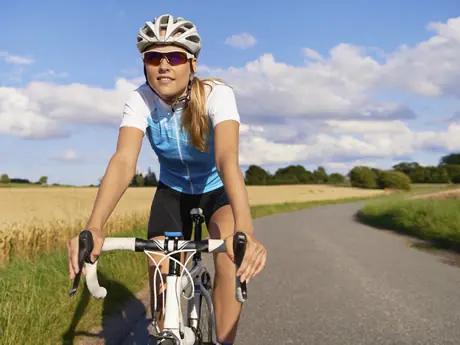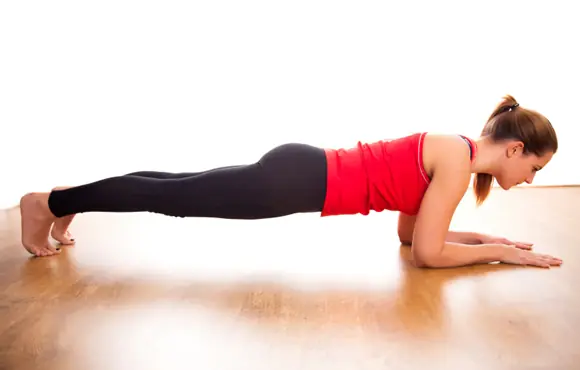
If you've never ridden 100 miles before, it can be overwhelming as you attempt to prepare for the unknown.
With the right training and pre-ride preparation plan, you can push that anxiety aside and just enjoy the ride. From how to use sag stops to what to pack in your saddlebag, these tips will help you to avoid common rookie mistakes so you can tackle your first century without any major hiccups.
More: How to Ride in a Group
Build Your Mileage Slowly
The truth is you can do a century ride with only moderate amounts of training if your only goal is to finish. If you haven't been riding at all, you'll need 4 to 6 months of training in order to slowly build up your base. If you're using a century ride as a base for the rest of your training season, you can probably toe the line after only two months riding.
Begin by building your mileage at 10 and 20 miles per week for your long ride. If you are new to cycling, start by upping weekly mileage by no more than 10 miles a week, or tack on an extra half an hour to each long ride.
Plan to complete one long ride per week. Schedule out your weekend mornings so that the spouse and the kids can expect you to be missing in action for most of one weekend morning. Your long ride should be, at a minimum, two hours long and build up to at least five hours 2 to 3 weekends before your century ride.
Pack the Right Toolbox
Century rides are usually fully supported with sag stops—cycling lingo for aid station—every 20 or 30 miles. There's often support vehicles on the route to help if you have a mechanical issue with your bike.
Don't use these amenities as a crutch. If you expect a magical sag wagon to pull up the second you get a blowout, you might be the one rider who gets stranded. Even though support is there, you should be prepared to fix mechanical issues on your own.
More: 12 Common Century Ride Mistakes
Here are the basic items you should always carry with you on long rides—even on those that are fully supported:
- Two spare tubes
- Two C02 cartridges and a manual pump
- A patch kit
- A multi-tool
- Enough liquid to keep you hydrated for at least two hours
- Enough food to keep you satiated for at least two hours (around 400 calories).
- Sunscreen
- A map of the route (either a paper map or the route downloaded onto your phone)
- A mobile phone
- A credit card, cash and your driver's license and medical i.d. card
Use—But Don't Abuse—The Sag Stops
Sag stops offer the opportunity to be social and have a little fun while you take a break from the action. Depending on the event, the race might offer up anything from water and bananas to a sandwich-making station. It's important to enjoy these treats, but be careful.
More: 10 Things I Learned From Being Hit By a Car
- 1
- of
- 2
About the Author









Discuss This Article